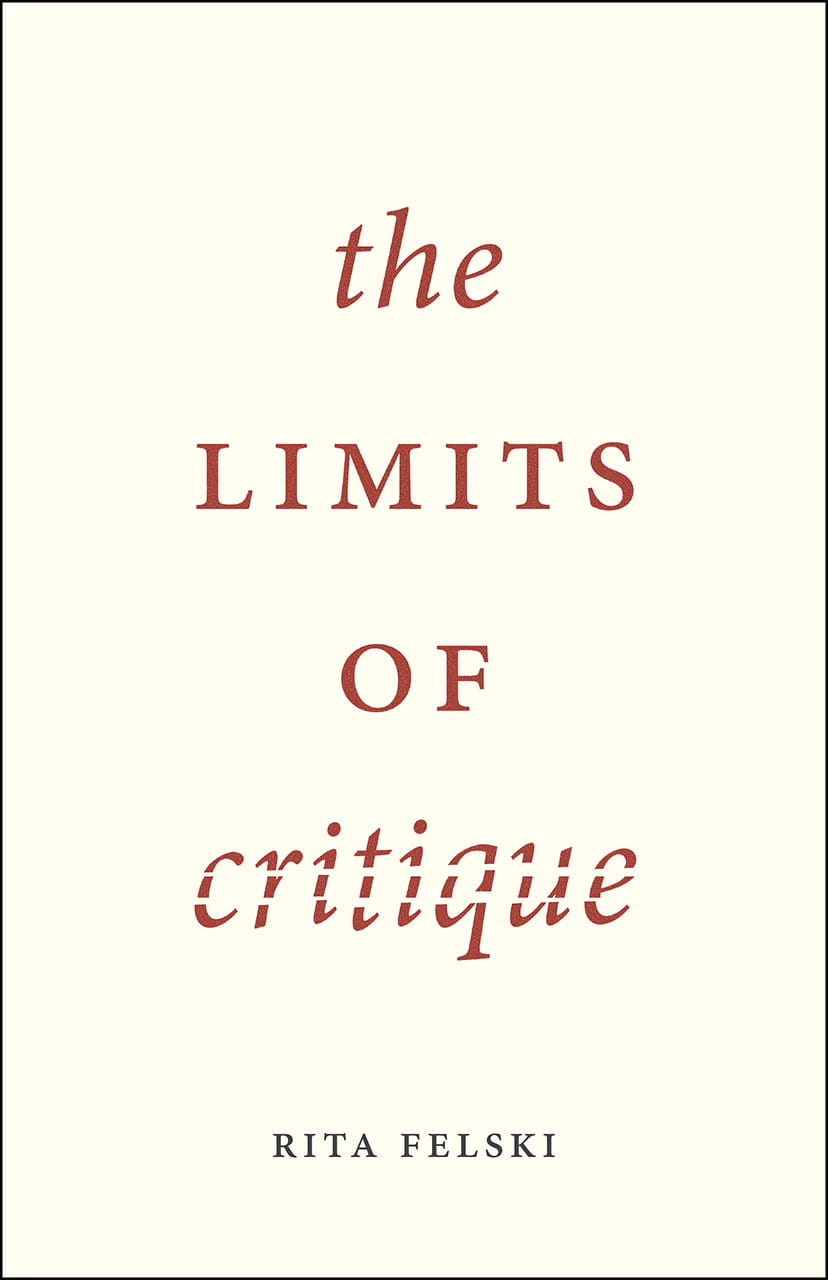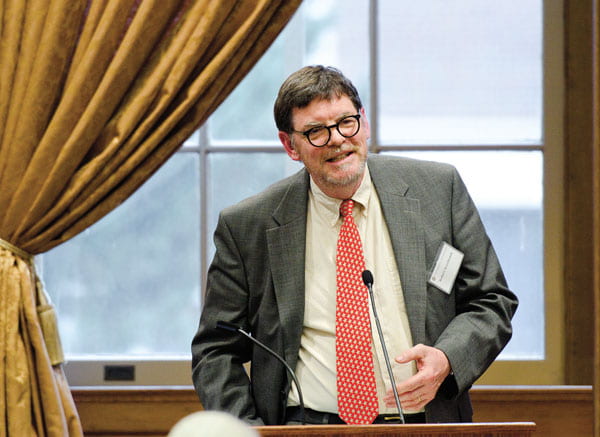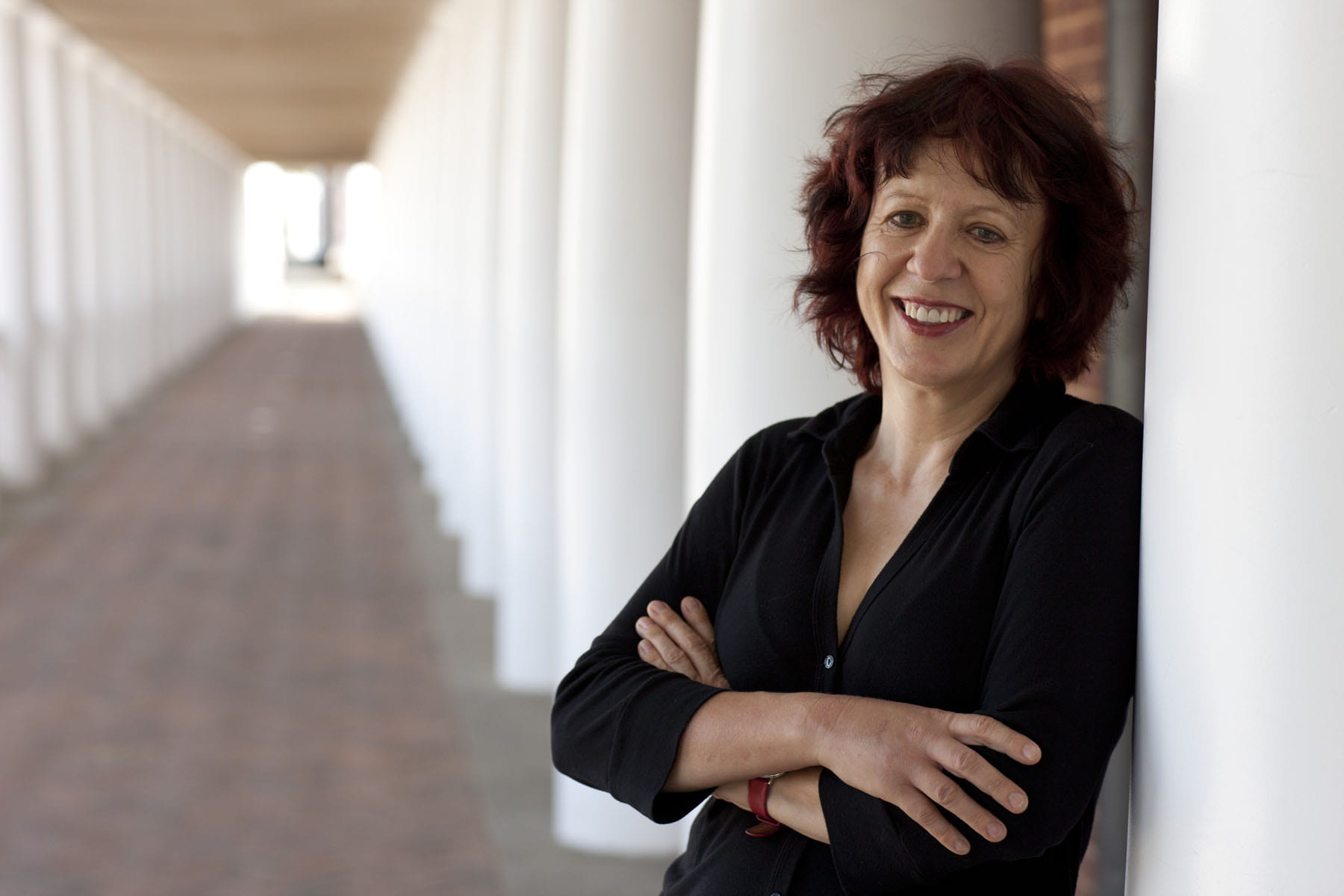By Daniel London
In the early 1990s literary scholar and queer activist Eve Sedgwick broke rank and attacked what Paul Ricoeur called the “hermeneutics of suspicion” that dominated her discipline. Her early critique of Critique as ontologically rigid, morally cruel, and politically ineffective is now being taken up by a growing number of humanities practitioners, mostly within English departments. How can historians of ideas learn from, and contribute to, this nascent movement towards a “post-critical” sensibility? A fruitful way to begin is to analyze this movement’s most cogent and comprehensive manifesto thus far: English Professor Rita Felski’s The Limits of Critique, published by the University of Chicago Press in 2015.

While the methodologies of Critique might encompass a wide range of particular practices, from Foucauldian genealogy to Freudian analysis to Marxist materialism, Felski believes that the purported radicalism and rigor of these practices derives from a singular premise: that the meaning of a text is not based on its empirical form or content, but the “intentions” of those broader social contexts which produced it. The relevant contexts here might be macro structures as revealed by “standing back” from the text (as Marxists or other structuralists might do) or they might be the hidden motivations of the texts’ producers as unveiled by “digging deeper” into the text (as Freudians and gender theorists have long practiced). In either case, the text – whether it be a novel, a painting, or a statistic – is not assumed to speak for itself.
Felski makes short work of the notion that this approach is inherently progressive: climate change deniers and the FBI are both self-identified experts at uncovering “the truth” behind seemingly translucent prose. She also mirrors Sedgwick in questioning the political efficacy of Critique’s pose of absolute resistance, a pose that derives from its more general skepticism of any positive “text” whether it be novels or social legislation. To quote Sedgwick at length and with pleasure,
Reparative motives, once they become explicit, are inadmissible in paranoid theory both because they are about pleasure (“merely aesthetic”) and because they are frankly ameliorative (“merely reformist”).’ What makes pleasure and amelioration so “mere”? Only the exclusiveness of paranoia’s faith in demystifying exposure: only its cruel and contemptuous assumption that the one thing lacking for global revolution, explosion of gender roles, or whatever, is people’s (that is, other people’s) having the painful effects of their oppression, poverty, or deludedness sufficiently exacerbated to make the pain conscious (as if otherwise it wouldn’t have been) and intolerable (as if intolerable situations were famous for generating excellent solutions).
Equally debilitating, however, are the limitations of Critique as a means of understanding texts in the first place. Much of these limitations, argues Felski, derives from its incapacity to identify how different texts, even those purportedly produced within the same “context”, could take such different forms and spark such different reactions among readers. If all Victorian novels are unredeemably tainted with the patriarchal/racist/bourgeois sins of its context, why is it that we continually focus our readings around some texts– say, the works of Sherlock Homes – instead of others, such as his innumerable hack imitators and predecessors? Why do some texts seem to attract, surprise, and summon something from us in ways that others do not? Why are some texts adopted and appropriated across time and space, while others remain trapped as antiquarian prisoners of their birth? The drive to contextualize, writes Felski, often cannot explain such differences in the operation, reception, and transmission of particular texts. As Bruno Latour has cynically noted, practitioners of critique are perfectly realist in their appreciation of things they inherently enjoy – movies, exercising, fishing, etc. Only when discussing texts they do not like do they move beyond the text in question to a (much more articulate) talk of the hidden inputs and outputs that purportedly give it significance.
What is to be done? Felski does not recommend a return to discussing texts as self-sufficient units of analysis, as formalists and new aesthetics have recommended. Nor does she advocate a more gracious form of “surface” or “reparative” reading, however therapeutic. Rather, her stab at a solution proceeds from a redefinition of texts as co-producers of social reality, rather than as entirely reflective or autonomous from it. In language explicitly borrowing from Actor-Network Theory, Felski argues that the discrete characteristics of a text can, under certain circumstances, actively generate certain qualities – identification, empathy, inspiration – among readers. Felski urges literary scholars to attend to these circumstances, to trace the social interconnections, attachments, and productions that emerge through the interaction of readers and texts. Under this paradigm, writes Felski, “interpretation becomes a coproduction between actors that brings new things to light rather than an endless rumination on a text’s hidden meanings or representational failures.”
Felski does not explicitly spell out the broader consequences of such a methodology on the politics and mores of the academy. Nonetheless, her call for scholars to pay greater attention to what texts can enable or allow in their readers seems to echo a political vision that , in the words of Jeff Prunchnik, “places a higher priority on strategies for seizing on the constrained possibilities present within existing systems of social power than on critique as traditionally understood”. Her agenda also offers, I believe, a partial solution to the spiritual and ethical malaise felt by many graduate students (including myself) deriving from Critique’s tendency to “burn through whatever is small, tender, and worthy of protection and cultivation”, in the words of Lisa Ruddick’s must-read essay When Nothing is Cool. Critique is quite proficient at deconstructing and damning expressions of compassion or empathy based on the sins of those who have articulated them in the past. It is quite silent, however, as to why and how we come to generate, cherish and care for certain values and artistic expressions that are not entirely based on ego or interest. A hermeneutics of attachment, along the lines Felski advocates, seems to offer an intellectually responsible way of gaining such an understanding.
How novel, familiar, or challenging should all this sound to historians of ideas or intellectual historians more generally? We should begin by stressing the close kinship of these disciplines to that of literary studies. In both cases, their defining methodologies seems to me a) a close reading of individual texts (novels, philosophical treatises, pamphlets) and b) a spiraling out towards the relation of these texts toward a broader set of contexts (either intellectual “communities of discourse”, institutional structures, other ideas, social/cultural fields, etc). Both disciplines were equally vulnerable to criticism in the 1960s and 70s that their preferred texts and contexts were overly narrow as compared with the more open-ended fields of social and cultural history. And both fields responded by reframing the contexts of their texts to encompass yet broader arrays of texts and contexts, and in so doing reframe their own significance.
Protected by their discipline’s stubborn empiricism, I suspect that historians of ideas have remained, with some notable exceptions, generally uncontaminated by the more totalizing strains of Critique that Felski lambasts within English departments. I also suspect, with less certainty, that histories of ideas as narrative forms possess a thicker vocabulary for defining “context” and explaining the transmission of text-actor attachments over time than can be found in their critique-driven counterparts. Whether their methods are complementary to the Actor-Network Theories Felski vouches for is the subject of another essay. Nonetheless, I am certain that she and many other post-critical theorists can learn a lot from the rich (though often theoretically under-developed) work of intellectual historians. Recent Developments in Book History, and bibliography particular, are also complementary to Felski’s agenda.

At the same time, I believe the topics historians of ideas pursue can become more aligned with the concerns of post-critical theorists. This can be seen in the way such scholars attempt to study one topic of seemingly shared interest: the history of morality. In an excellent review essay in Modern Intellectual History, Robert Westbrook identifies several approaches intellectual historians have developed to chart the appearance and disappearances of ethical “oughts” over time. Such methods have generally taken either an “internalist” (tracking changes in the conceptual vocabulary of morality over time) or an “externalist” (examining how the ethical principles of a particular community both informed and were transformed by their own lived experiences) tact. I suspect that Felski would ask for a subtly different explanandum: why do some texts, and not others, summon different moral responses and allegiances from their audience? To answer this question would require examining such audiences and texts in a far more comparative manner than most have done so far.
“Why are we so hyperarticulate about our adversaries and so excruciatingly tongue-tied about our loves”? Felski asks at the beginning of her work. I don’t believe the humanities can unilaterally prescribe what we should love today, but their practitioners are awakening to the fact that one of the chief values of the humanities lies in asking how these loves have developed, died, and survived in the past and in our own time with self-consciousness, empathy, and rigor. I believe Historians of Ideas can play a crucial role in this collective moral inquiry, and should take inspiration from the post-critical turn that their efforts will have a waiting audience in the academy – and likely beyond.




December 1, 2016 at 3:29 pm
This is great, and a provocation for me to read Felski. I am suspicious of ANT if only because of how close to everyday common sense it can sometimes sound, for instance in your discussion of Felski’s version of it here–interpretation is what happens when a given person reads a given text. Of course. But I think you’re exactly right that history as a discipline has not been subject to quite the forms of totalizing critique to which Felski (and earlier Sedgwick) objected.
The history of morality: I’d also point readers to Jan Goldstein’s presidential address, published in the AHR in 2015.